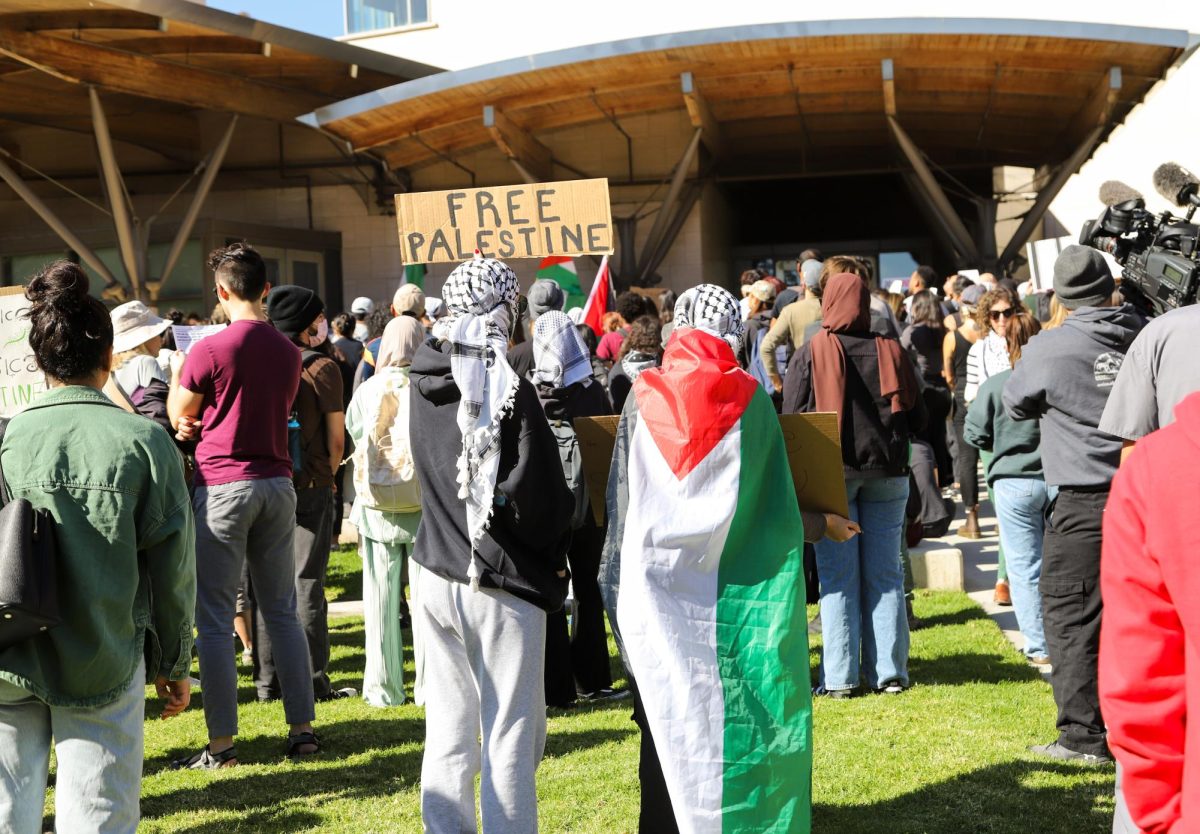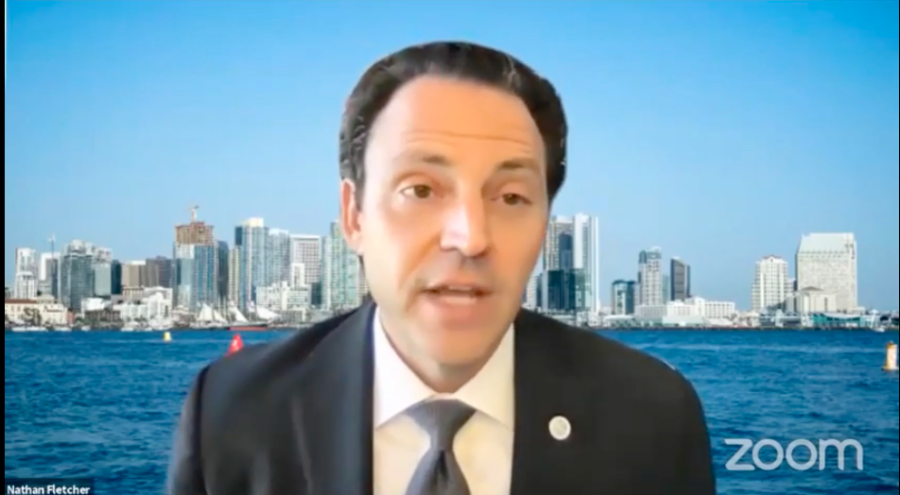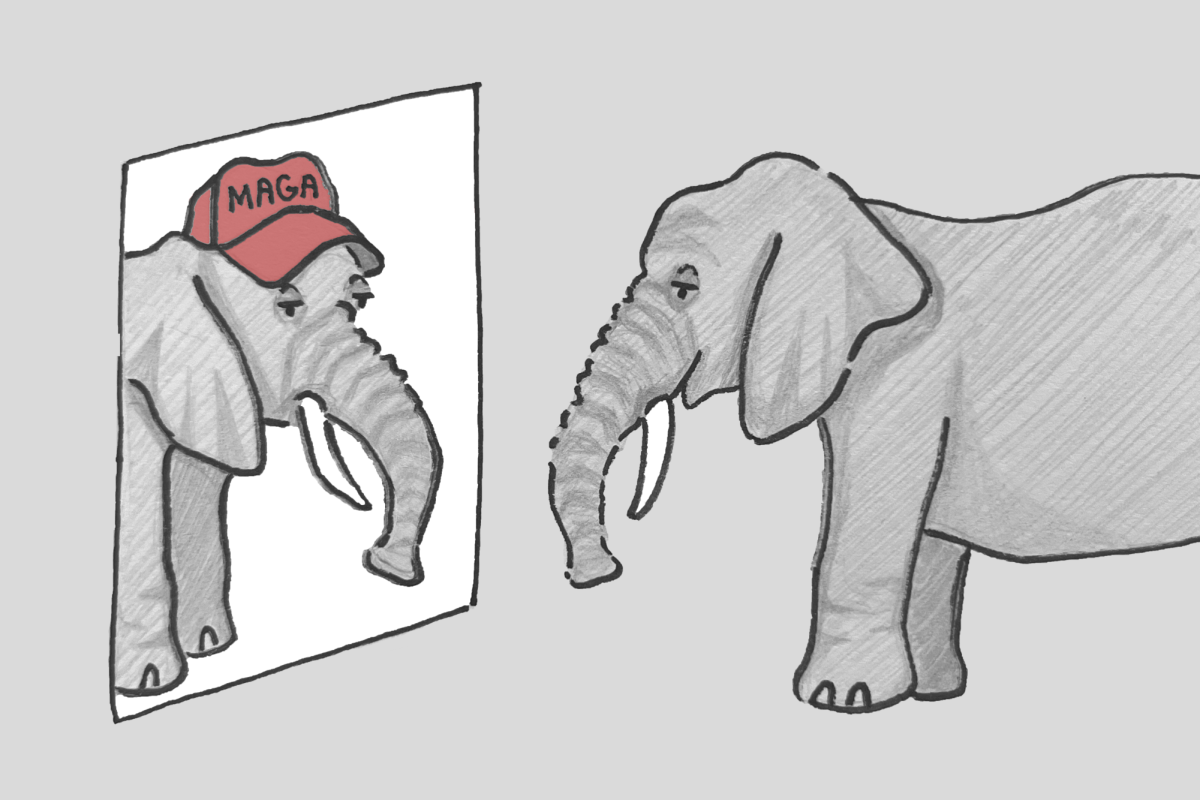UCSD’s sudden decision to revive the CHE Cafe Collective with university-subsidized safety upgrades to the facility is a rare and refreshing example that the university is not completely deaf to student voices. After close to a year of marches, sit-ins, visits to A.S. Council and numerous threats of eviction, the CHE won its battle against administrative officials. While the university’s change of heart may give us hope for the future, we cannot forget that it took the better part of a year for any productive decisions to take place. According to emails obtained through the California Public Records Act, it appears that previous efforts to communicate with the vice chancellor of student affairs failed.

Associate Chancellor Clare Kristofco responded promptly to Collective members’ concerns in June, resonating with the A.S. Council and Graduate Student Association’s joint resolution to rebuild the CHE. The resolution passed last Winter Quarter. The issue of safety hazards was a highly contentious issue throughout the debacle last year. Although the facility technically met California building code standards, students and administrators expressed concerns over whether visitors of the facility were actually safe within the structure. Once Chancellor Khosla’s office got involved, officials swiftly decided to appropriate funds, securing the structure and the future of the space.
The Collective fought resiliently to make sure its voices were heard, and this undoubtedly influenced the decision. The 120-day occupation of the facility, which began when police posted the eviction notice on March 24, was most significant. Nonetheless, continuous discussions with administrative officials are what ultimately saved the historic structure. Police had 180 days to force occupants out of the facility, but university officials suspended the eviction almost immediately after Chancellor Khosla became directly involved in communications. Administration would likely not have welcomed the confrontation between occupants and law enforcement but it is unclear whether this threat alone was responsible for the unexpected willingness to reinforce the structure.
Initially, the CHE’s appeal appeared to be limited to dedicated CHE alumni and community members. As the year progressed, though, even students who had no idea where the CHE Cafe was located knew about their cause. The CHE’s relentless efforts to preserve a safe space for students serves as an inspiring reminder of what we as students can accomplish when we are persistent enough. With the facility being taken out of limbo, CHE Cafe members plan on expanding the role of the cooperative at UCSD. Members stated they hope to make the space a resource center and a study area that all students can safely enjoy. This will enable the organization to continuously grow and sustain a campus-based support system.
However, in order for these plans along with any others to manifest themselves, the CHE and administrative officials will have to ensure channels of communication are always open, not just in moments of crisis. Furthermore, both parties must adhere to any agreements being made which will be especially important if the CHE is going to withstand potential conflicts in the future.








